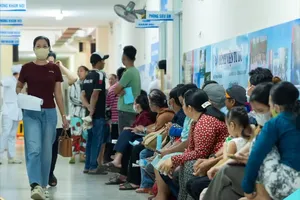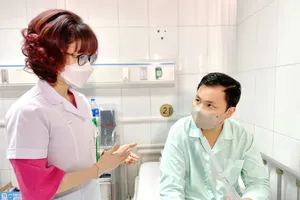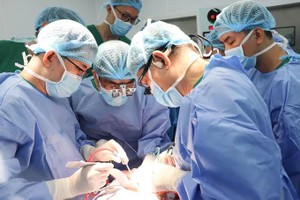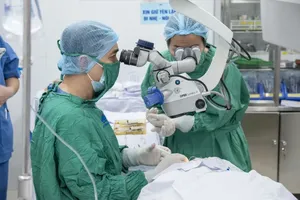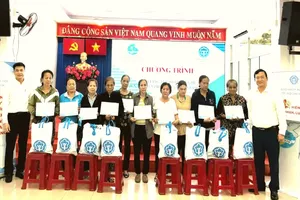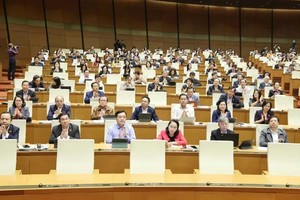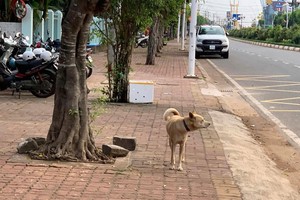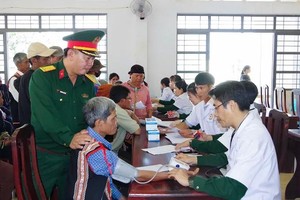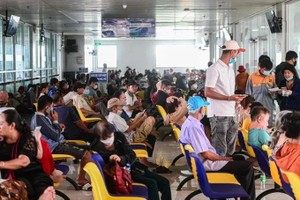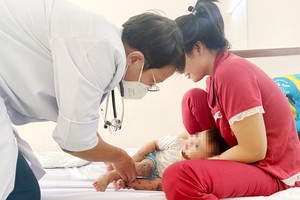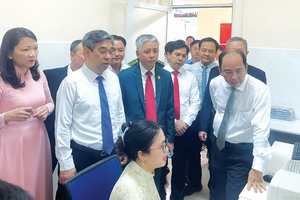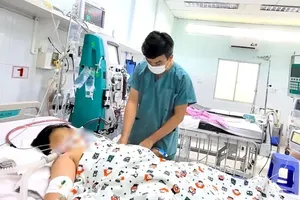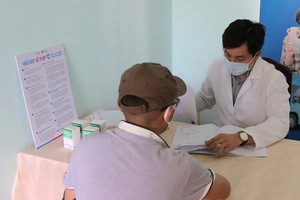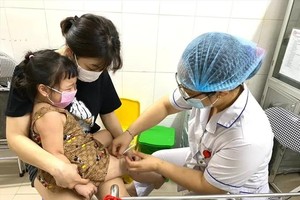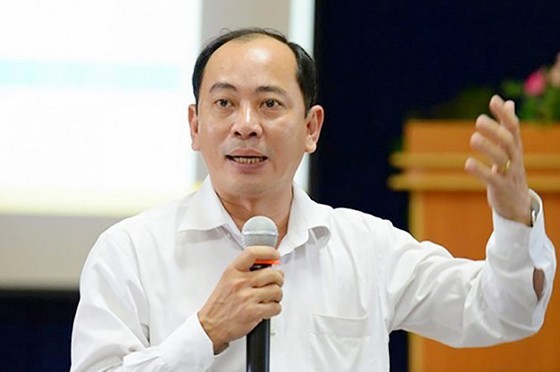 |
Associate Professor - Dr. Tang Chi Thuong, Director of the Department of Health of HCMC |
The Secretariat of the Communist Party of Vietnam issued Directive No. 25-CT/TW on October 25, 2023, focusing on the continuous consolidation, improvement, and enhancement of the quality of healthcare services at the grassroots level in the new situation.
In an interview with SGGP newspaper, Associate Professor - Dr. Tang Chi Thuong, Director of the Department of Health of HCMC, said that the city has been allocating significant resources to strengthen and enhance the quality of the grassroots healthcare system. It is a crucial goal of the city's healthcare sector to provide better healthcare for citizens.
According to Mr. Tang Chi Thuong, the healthcare sector in HCMC saw strong cooperation from the leaders of the People's Committees of districts and Thu Duc City in jointly implementing a range of solutions to enhance the effectiveness of policies for bolstering human resources in medical stations. General hospitals in the city and medical centers and stations have worked together seamlessly under the guidance and oversight of the Department of Health, successfully executing a clinical practice program at general hospitals associated with medical stations.
Since the enactment of Resolution 01/2022/NQ-HDND by the HCMC People's Council, which outlines specific policies for bolstering and improving the capabilities of grassroots medical stations in the new phase, the total number of personnel attracted and added at medical stations has reached 1,123 individuals by the end of August 2023, with the total expenditure from April 2022 to August 2023 nearing VND66.5 billion.
Moreover, the city’s healthcare sector continues to give priority to non-regular budget allocations for upgrading the infrastructure of eligible medical stations to align their operations with the principles of family medicine. City hospitals also offer support to medical station doctors through remote connectivity and consultation initiatives.
The income of doctors and healthcare workers at the grassroots healthcare level is still low, making it challenging to compete with private entities and even public hospitals. Therefore, attracting skilled senior healthcare professionals to medical centers and stations remains difficult, he said.
Moreover, not all newly graduated doctors are eager to join the pilot clinical practice program at general hospitals associated with medical stations. The initial course involved 295 doctors, but 25 of them decided not to continue for various reasons. In October 2022, the Department of Health continued its collaboration with Pham Ngoc Thach University of Medicine and HCMC University of Medicine and Pharmacy to engage and introduce the newly doctors who graduated in 2022 to enroll in the clinical practice program.
However, the participation rate of recent medical graduates in the program remains low (132 out of 1,200 recent graduates). Additionally, the grassroots healthcare level, especially medical centers and stations, still faces challenges in attracting doctors to choose to work there after completing the clinical practice program.
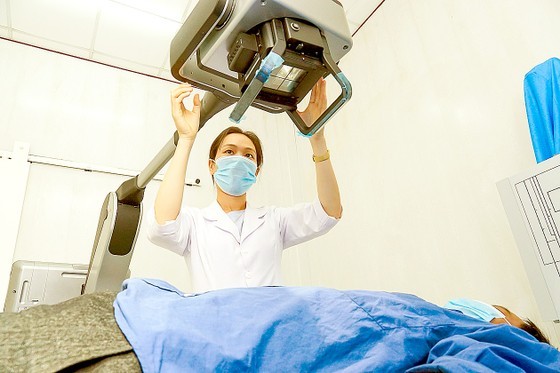 |
Dr. Hoang Thi Phuong operates on an AI-integrated X-ray machine at the Thanh An Island Commune Health Station in Can Gio District, HCMC. |
During the job fair for doctors who have completed the clinical practice program, only 21 out of the total 207 doctors opted to work at grassroots healthcare centers, accounting for 10 percent of the total. This choice can be attributed to the relatively limited technical infrastructure of grassroots-level healthcare facilities, as well as unclear policies and career advancement opportunities.
In HCMC, the nearly two-year pilot clinical practice program has demonstrated that doctors have acquired practical experience in delivering initial healthcare services at medical stations. The exposure to a working environment distinct from that of hospitals has enhanced their understanding and empathy towards people's needs and desires. Consequently, they have developed a more profound and comprehensive comprehension, notably gaining valuable experience in caring for and managing non-communicable diseases within the community.
In countries with a well-established primary healthcare system, the answer is clear: general practitioners are the primary healthcare professionals responsible for initial medical assessment and treatment. Many nations, including the UK, Australia, Canada, and several others, initiate the general practitioner training program immediately after students graduate from medical schools, typically with a training period of around 12 months.
According to Mr. Tang Chi Thuong, general practitioners and family doctors are two different terms but share many similarities. Both are general practice doctors specializing in providing primary healthcare, diagnosing and treating common illnesses, prescribing medication, and referring patients to specialists when necessary. They can both work in clinics, hospitals, or community healthcare facilities.
The key difference is that the training for general practitioners typically takes six years (four years of general medical studies and two years of internship) while family doctors are usually trained for eight years (four years of general medical studies, three years of residency, and one year of internship).
The Ministry of Health should consider and promptly release guidelines for implementing initial medical assessment and treatment at hospitals connected to medical stations to enable newly graduated doctors to attain certification as general practitioners, equivalent to family doctors in other countries. These new regulations will breathe new life and bolster the supply of high-quality healthcare personnel for grassroots healthcare.
